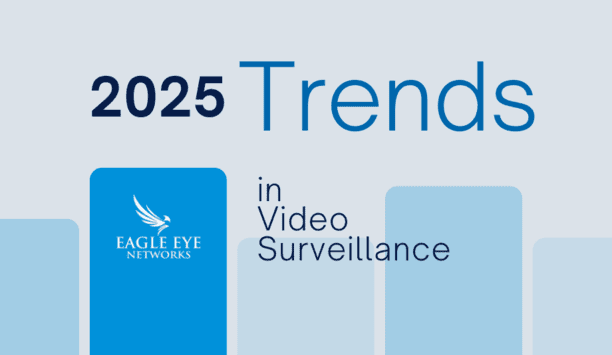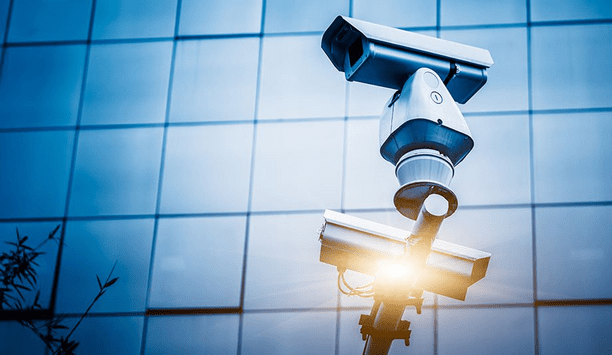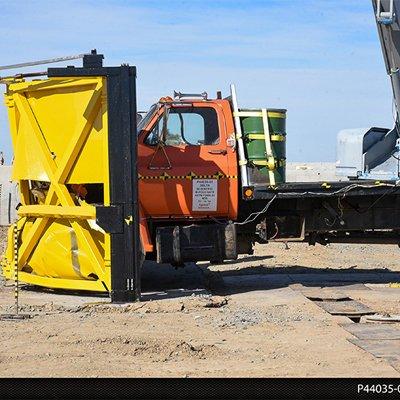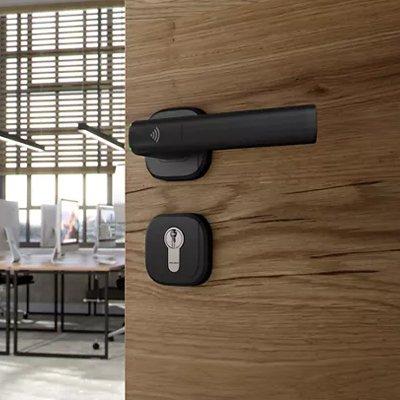How can you measure return on investment (ROI) in the security market?
Editor Introduction
Return on Investment (ROI) is crucial for any security installation.
Most people consider what return on investment they are getting when making a purchasing decision. Usually, customers will select the option which provides them with the greatest ROI. But how can ROI be measured? Individuals involved at different points of the security buying chain will have different ideas of how to measure ROI. Here are a few thoughts from our Expert Panel. As you will see, ROI is more of a subjective matter, depending on several different variables.
As a manufacturer of surveillance video transmission systems, measuring ROI has a lot to do with supplying customers with easy to install, solidly reliable, truthfully specified products that work well with cameras and control/recording equipment and do not require future service calls to keep running. In other words, supplying quality and predictability, thus keeping costs in line with expectations and delighting customers.
Measuring ROI often means quantifying the lower costs and more efficient operation in a security department that result from new technology. Security also adds value by protecting resources whose loss might be catastrophic or negligible, likely or unlikely. Either way, measuring ROI can equate to the ability to assign a value to something that didn’t happen. How do you do that? ROI might also come from enabling business opportunities that would otherwise be too risky, such as opening a location in a crime-ridden neighbourhood. In a few cases, security ROI can actually be measured, such as how many dollars in losses are prevented by a new system? Other times, ROI just comes down to the prevention of a single million-dollar lawsuit (based on a liability claim that is easily debunked by a nearby video camera [HD, no doubt].)
First we need to decide what facet is an important return to us. Client satisfaction? Employee retention? Injury-free days? Crime statistics? There are many. Some are easily evaluated from 'hard' records. Others are 'soft' such as human resources aspects and are inherently subjective. Of course, in the modern world, the measure is so often money. More than ever, organisational decisions are ruled by bean-counters who know the price of everything but the societal value of nothing. This paradigm seeks the Holy Grail of equating hard currency with intangibles. How much 'soft' safety does the 'hard' cost of a CCTV camera bring? How much national security do billions of military dollars bring? Put three Nobel laureates in a room and you’ll get three robustly argued but differing conclusions. After decades of work on this, nobody really has the foggiest idea. So let's just do it; avoiding the paralysis of analysis.
Editor Summary
What we have here is an interesting mix of views. The question of how to measure return on investment is a multi-layered conundrum: on one level, you can say that ROI is about saving. As Simon points out, there are several different facets to look at, which you can use to measure ROI. And as he said, money is the most common unit of measurement. Most people would agree with that. However, time is also a key unit of measurement when it comes to ROI. As Guy and Larry have illustrated, ease of installation and efficiency are other common key elements people look for when selecting a security solution. The easier it is to install a system, the faster the installation time would be since less time would be spent deciphering instruction manuals, troubleshooting, calling tech support, all of which means you ultimately end up saving time. So perhaps one can say at its most basic level, ROI is about saving. But as you can see from the varying responses, the discussion becomes more complex once you start determining what facet is most important to "save". And at the end of the day, ROI doesn't necessarily have to be measured by just one unit in the anyway, thus making the whole proess even more complex.
- Related companies
- Lambert & Associates
- Network Video Technologies
- Related categories
- Analogue Transmission
- Video servers (IP transmission)
- View all news from
- Lambert & Associates
- Network Video Technologies
Expert commentary
A modern guide to data loss prevention
Download7 proven solutions for law enforcement key control and asset management
DownloadSecurity practices for hotels
Download2025 Trends in video surveillance
DownloadMaximising security and performance
DownloadDelta Scientific DCS8000 Bi-Fold Speed Gate
ASSA ABLOY Aperio H100 Wireless Access Control Handle
NordLayer: Comprehensive Network Security for Modern Workforce
















